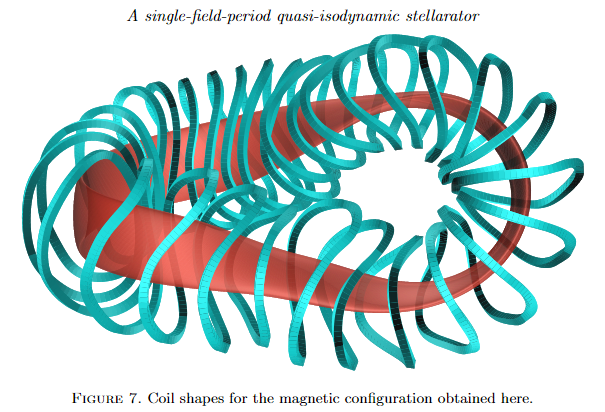Nuclear fusion
133 readers
1 users here now
A community for the discussion of current scientific knowledge and technological advancements in the field of nuclear fusion power.
founded 2 years ago
MODERATORS
1
2
3
5
6
7
8
9
1
Optimized compact stellarator with only 4 simple coils | Cambridge, 23 May 2022
(www.cambridge.org)
10
